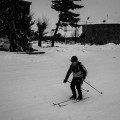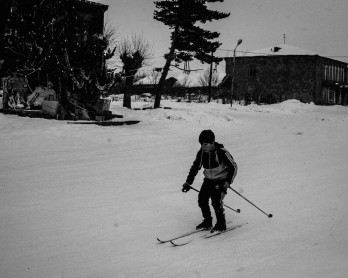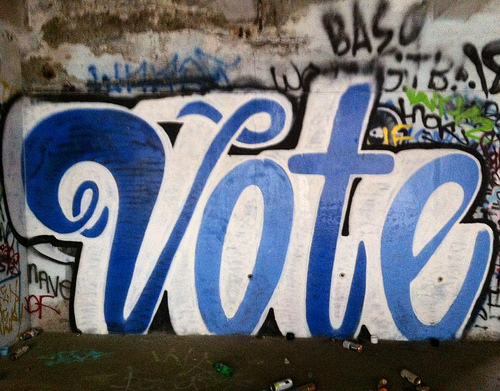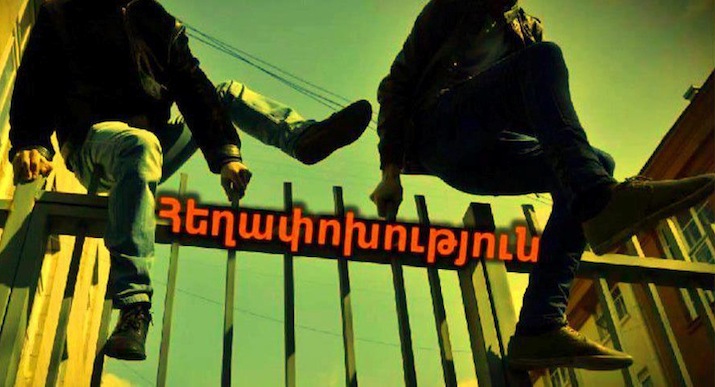Armenian Media Met With Hostility in 2008
Violent attacks on Armenian journalists reached a new high in Armenia, with 19 incidents registered in 2008, the Committee to Protect Freedom of Speech said in an annual report released on Feb. 24, 2009.
The Yerevan-based media watchdog group reported a sharp rise in attacks on the media during political tension in the region.
“Whenever the political situation in the country escalates, as a rule, attacks on mass media become more frequent,” the report said, referring to the decision by most Armenian newspapers to suspend publication during the deadly clashes on March 1, 2008 between protesters and security forces. “But 2008 was unprecedented, not only in terms of the number of violations of the rights of journalists and media outlets, but also the imposition of censorship on mass media.”
Most Armenian newspapers chose to suspend publication, refusing to agree to government censorship of their content.
The Committee to Protect Journalists,an independent, nonprofit organization that promotes press freedom worldwide by defending the rights of journalists also reported on the state of Armenian news media in an article on their website entitled “Attacks on the Press in 2008: Armenia.”
The clashes began when Armenian President Robert Kocharian imposed a 20-day state of emergency on March 1, banning all public rallies and independent news reporting, placing Levon Ter-Petrosian, the leading opposition candidate in the presidential election under virtual house arrest as police cordoned off his home and barred visitors, reports CPJ. Ter-Petrosian was heavily criticized by the media and lost to Tigran Sargsyan who held 52 perecent of the vote. However, the Vienna-based Organization for Security and Co-Operation in Europe, a human rights monitoriing group, found counts of fraud in the voting process.
Ter-Petrosian supporters peacefully protested after the voting abuse was brought to light, however after one week, Kocharian declared emergency.
Hundreds of police officers moved in to violently disperse demonstrators in central Yerevan. Gagik Shamshian, a photojournalist for the daily “Aravot” and the weekly “Chorrord Ishkhanutyun” and Artak Egiazarian, a reporter with the Yerevan daily “Aik,” were roughed up by police and detained for several hours, according to local press reports CPJ said.
The ban required media to cit only official sources when reporting national politics and allowed authorities to ban three private radio stations – Radio Yerevan, Radio Hay and Ardzagank Radio from broadcasting news from Radio Free Europe/Radio Liberty,a radio and communications organization funded by the United States Congress and founded in 1949. Security officers were even stations at printing presses to censor newspapers, while internet service providers were ordered to block access to the websites of A1+, RFE/RL and newspapers “Aravot” and “Haikakan Zhamanak.” Even access to the popular video site, YouTube was banned, due to demonstrators posting homemade videos of police violence
Journalists were also violently attacked, including investigative reporter Edik Baghdasarian, editor of the news magazine “Hetq,” who had published reports of corruption in the mining industry.
For the full report, please visit CPJ.






